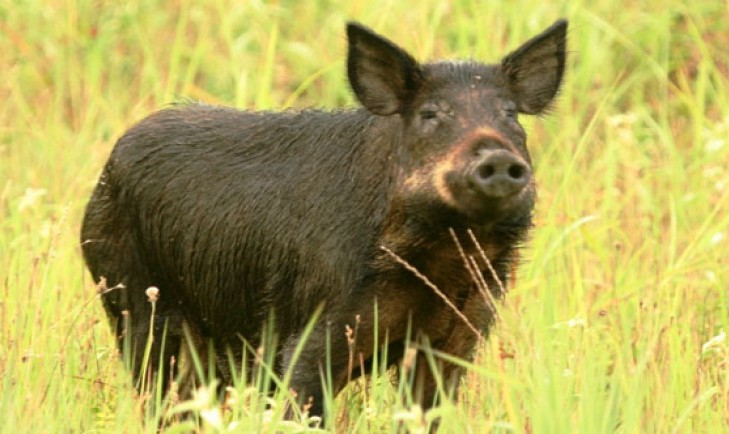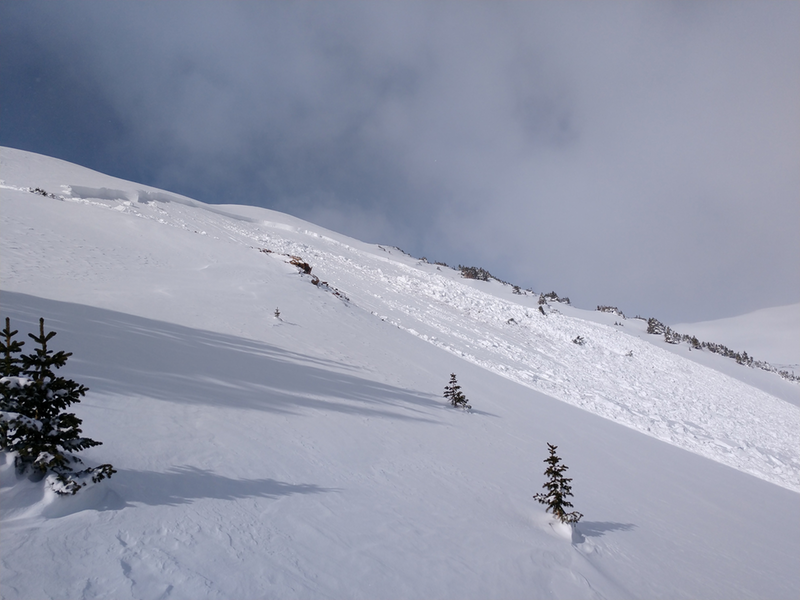
The Western Governors' Association keeps you updated on the news of the West. Here are the top stories for the week starting Dec. 16, 2019. Photo courtesy of the USDA Animal and Plant Health Inspection Service.
Feral hogs, capable of decimating crops, hunting native animals to near extinction, and even wrecking military aircraft on runways, are increasingly a threat to ecosystems across the West.
Most recently, packs of feral hogs were spotted a few miles north of the Montana border; however, experts believe that their range currently extends across several Canadian provinces and at least 38 U.S. states. Reportedly, the animals are also advancing on Wyoming and Idaho by way of Colorado, Utah, Oregon and Nevada, according to Mountain Journal.
To combat their spread, one city in California has hired a trapper to safely reduce the region’s feral hog population, according to the San Francisco Examiner. In Oklahoma, state wildlife agencies have teamed up with the USDA’s Natural Resources Conservation Service and Animal and Plant Health Inspection Service for a 36-month eradication effort, Fox 25 reports.
The Montana Invasive Species Council, the state Department of Livestock and the USDA’s Wildlife Services have also forged a working agreement, paring with Customs and Border Protection to monitor the hogs’ advance from the north, according to Montana Public Radio.
Amid efforts to stop the animals’ spread, however, experts warn that population control is best left to the professionals. “There’s no evidence that sport hunting has helped here,” University of Saskatchewan researcher Ryan Brook told the Billings Gazette. “It would be fair to say that it’s actually created more problems than it's solved.”
The North Dakota Department of Agriculture echoed that sentiment, reminding residents in a recent Facebook post that it is illegal to hunt or trap feral hogs in the state. According to the Grand Forks Herald, this is because excessive hunting can condition the animals to travel alone as opposed to in packs, making coordinated population control efforts more difficult to undertake.
To learn more, watch the International Coordination on Feral Swine Management panel at the Montana workshop of WGA’s Biosecurity and Invasive Species Initiative.
From Oregon to the Moon: Before the Apollo 11 mission landed astronauts on the moon for the first time just over 50 years ago, training exercises in the lava fields of Central and Southern Oregon prepared crew members for the harsh lunar surface, reports Oregon Public Broadcasting. Volcanic areas of the Beaver State, thought to mimic the pocked terrain of Earth’s only natural satellite, helped prepare future space travelers for the hardships they would face on their historic mission. Learn more about Oregon’s role in bringing the moon landings to fruition.
MMIW Epidemic: The tragedy of missing and murdered indigenous women (MMIW) has reached staggering proportions across the country, with one study finding that Native American women are murdered at 10x the national average. To raise awareness of the problem, two Navajo sisters started the Red Dress Project, which, according to the Idaho Statesman, “aims to bring to social consciousness those women who have been hidden and unseen before” through artistic displays. Find out more about the epidemic the Red Dress Project is working to reverse, and what state and federal officials are doing to help. Western Governors also explored the MMIW epidemic at their 2019 Winter Meeting in a roundtable discussion.
Earthquake Warning: A groundbreaking, new earthquake early warning cellphone app was recently used in California for the first time to warn residents of a 4.3 magnitude seismic event in the mountains between the Central Coast and San Joaquin Valley. According to KTLA 5, the app was developed at the University of California Berkeley and released in October. It relies on data provided by the U.S. Geological Survey’s ShakeAlert system, gathering information from hundreds of sensors throughout the West Coast to warn residents of quakes in real-time. Read more about the revolutionary technology’s maiden voyage.
 Avalanche Season: In the last week, the Colorado Avalanche Information Center has recorded almost 80 avalanches, signaling the beginning of yet another brutal season for the state. Currently, the Center has raised the alert level to “high,” the Colorado Sun reports, meaning that dangerous natural and human-triggered avalanches are very likely. On Dec. 15, an in-bounds slide at Steamboat ski area buried two skiers, prompting a speedy rescue from patrollers, who were reportedly on the scene within seven minutes. Here’s why experts believe more incidents like this could be forthcoming this winter.
Avalanche Season: In the last week, the Colorado Avalanche Information Center has recorded almost 80 avalanches, signaling the beginning of yet another brutal season for the state. Currently, the Center has raised the alert level to “high,” the Colorado Sun reports, meaning that dangerous natural and human-triggered avalanches are very likely. On Dec. 15, an in-bounds slide at Steamboat ski area buried two skiers, prompting a speedy rescue from patrollers, who were reportedly on the scene within seven minutes. Here’s why experts believe more incidents like this could be forthcoming this winter.
Get the latest news about the West and its governors by following the Western Governors' Association on Twitter, Facebook and LinkedIn.